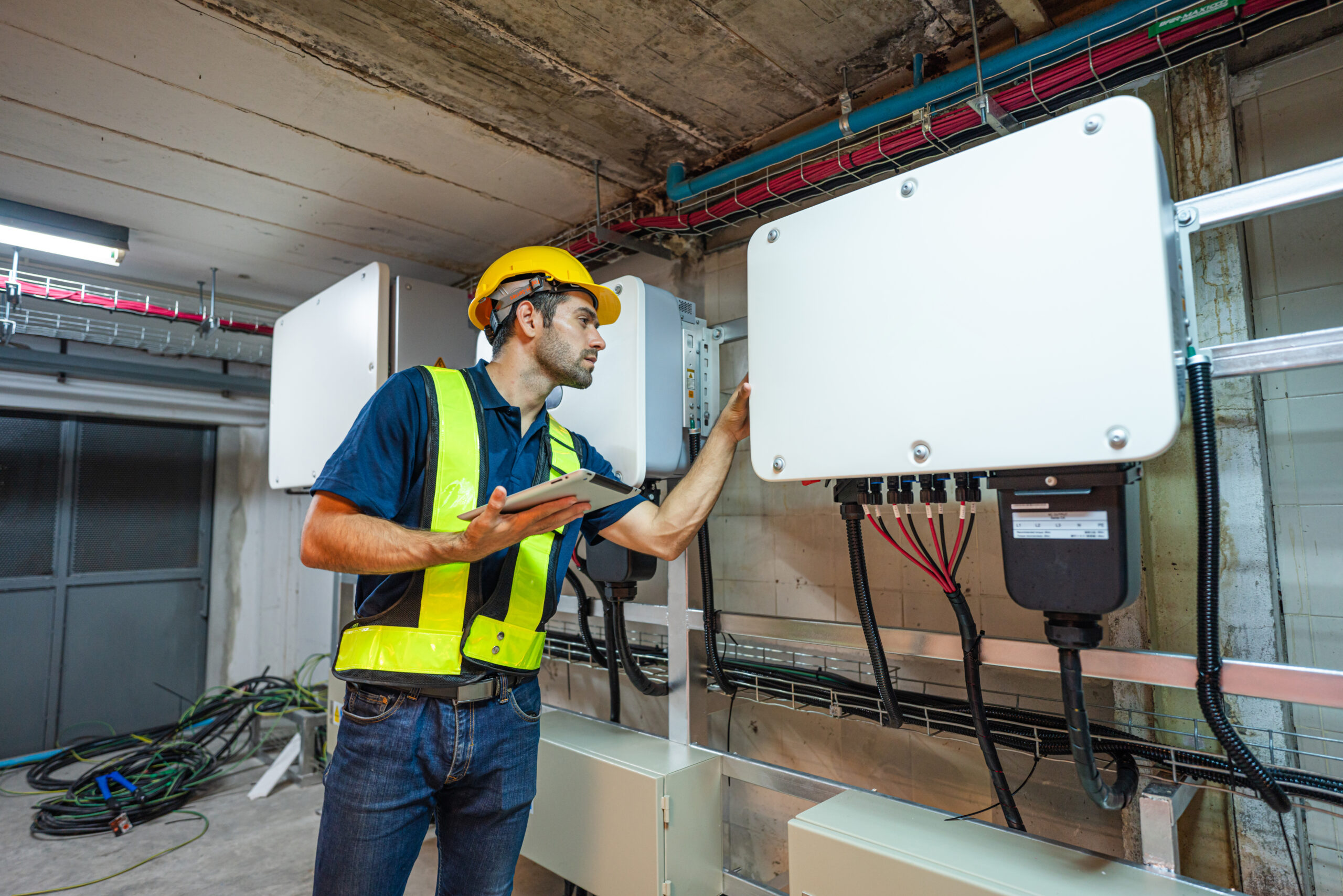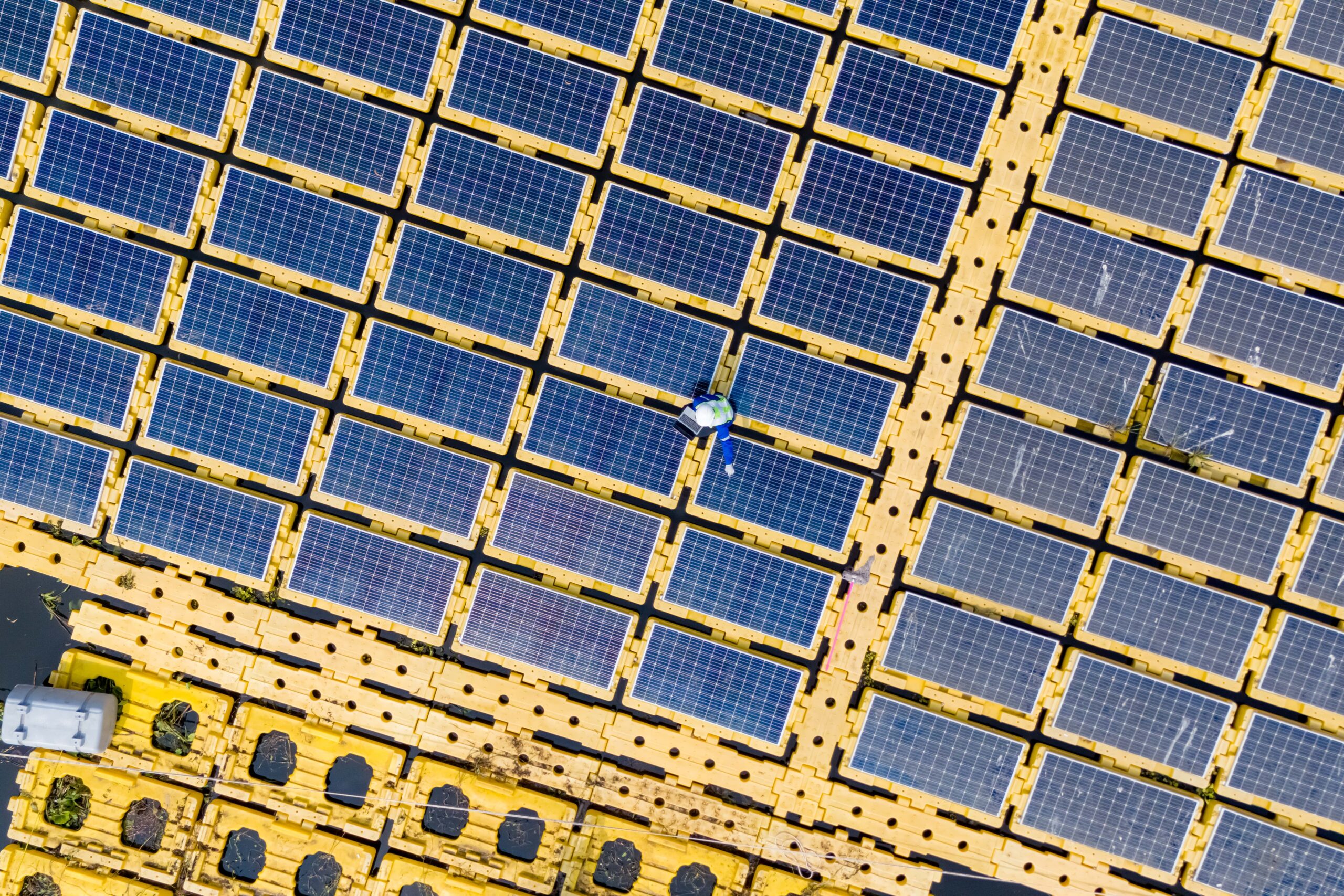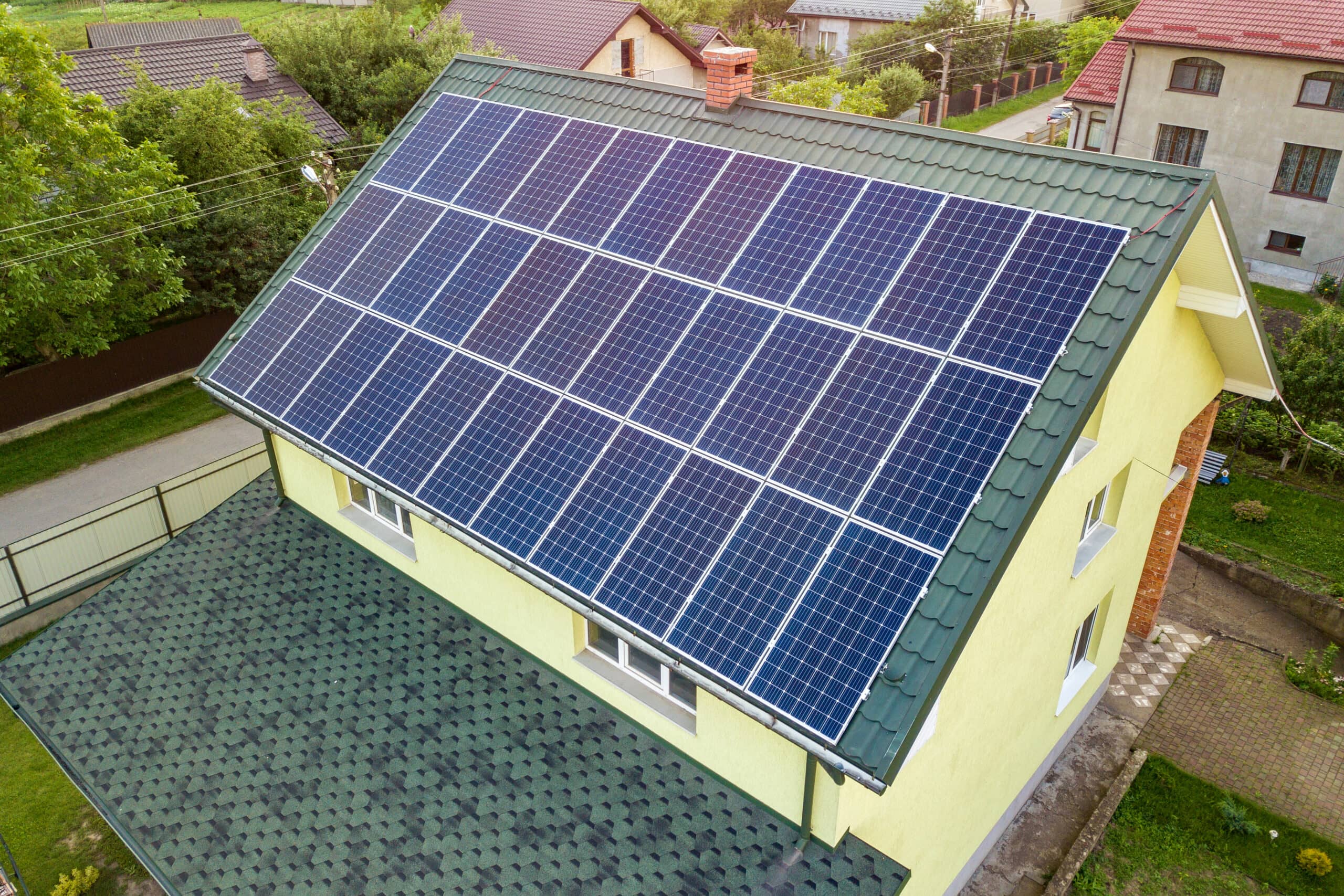In today’s tech-driven world, the seamless conversion of electricity is vital in powering our devices. At the heart of this conversion process lies inverters, the unsung heroes that transform direct current (DC) into alternating current (AC). In this article, we will unravel the intricate workings of inverters, puzzling the mystery behind their ability to switch between these two essential forms of electrical current. Let’s dive into the fascinating world of inverters and explore how they work their magic!
Direct Current (DC) and Alternating Current (AC) are the building blocks of electrical power with unique characteristics. DC flows steadily in one direction, maintaining a constant voltage level, making it ideal for powering small devices like smartphones and flashlights. In contrast, AC oscillates back and forth, enabling efficient transmission over long distances and widespread use in homes and industries.
DC finds its roots in sources like batteries and solar panels, offering a reliable power source for off-grid applications and portable electronics. On the other hand, AC predominantly originates from power grids, delivering electricity to homes, businesses, and factories due to its ability to travel efficiently over long distances.
The conversion of DC to AC becomes imperative in various scenarios to ensure seamless operation across different electrical systems. From enabling solar energy to power homes connected to the grid to facilitating the operation of complex machinery in industries, the conversion process bridges the gap between these two electrical formats, ensuring compatibility and functionality in a diverse range of applications.
Several key components work harmoniously to orchestrate the conversion of DC to AC power. Understanding the roles of each component sheds light on the intricate process behind this transformation.
- DC Input: The journey begins with the DC input, where direct current from a source such as a battery or solar panel enters the inverter. This initial step sets the stage for the subsequent processes by providing the raw electrical power needed for conversion.
- Oscillator: Acting as the brain of the inverter, the oscillator generates high-frequency pulses. These pulses establish the timing framework for the inverter’s operation, dictating the frequency at which the DC input is switched. This precise timing is crucial for creating a smooth AC waveform.
- Controller and Switching Devices: The controller interprets the oscillator’s pulses and directs the switching devices (typically transistors or MOSFETs) to turn the DC input on and off at high speeds. These switching devices create a high-frequency pulse train from the DC input. Rapid switching simulates AC’s alternating nature by inverting the DC pulses’ polarity, forming the basis of an AC signal.
- Pulse Width Modulation (PWM): Pulse Width Modulation is used to refine the AC signal. PWM adjusts the width of the pulses generated by the switching devices, shaping them into a more accurate AC waveform. This modulation is essential for ensuring that the output closely resembles the smooth sine wave required by most AC devices.
- Filter Circuit: The filter circuit, composed of inductors and capacitors, smooths out the high-frequency pulses from the switching stage. This filtering process removes the switching noise and converts the pulse train into a stable, continuous AC signal suitable for use.
- Transformer (if applicable): In some inverters, a transformer adjusts the AC output voltage to match the requirements of the load. Depending on regional standards, It steps up or down the voltage as needed, ensuring that the inverter provides the correct AC voltage, typically 120V or 230V.
- Feedback and Control Circuitry: This system monitors the AC output, ensuring the inverter maintains stable operation. It adjusts the oscillator and switching devices as necessary to respond to load changes and keep the output voltage and frequency consistent.
- AC Output: The final destination of the converted power, the AC output, delivers the alternating current suitable for powering appliances, equipment, and electrical systems that rely on AC electricity. This output is a clean and stable AC waveform ready to meet the needs of various AC-powered devices.
Below is the diagram of a Basic Inverter Circuit:

This diagram visually represents the interconnection of these components, illustrating how they work together to convert DC to AC power seamlessly.
Converting DC to AC involves several carefully coordinated steps within an inverter, each crucial for producing the final output.
1. DC Input: The journey commences with the inverter receiving DC power from a battery or solar panel source. This direct current forms the initial energy input for the conversion process.
2. Oscillator: Next, the oscillator takes centre stage by generating a high-frequency AC signal from the incoming DC power. This pivotal step sets the foundation for the transformation of the electrical signal.
3. Switching Devices: Transistors or other switching devices come into play, modulating the high-frequency AC signal to create a controlled output waveform. These devices act as the gatekeepers, regulating the flow of electricity through the inverter.
4. Transformer: The modulated signal then encounters the transformer, a vital component that adjusts the voltage level of the signal. This transformation is crucial for matching the output to the requirements of various applications, ensuring compatibility and efficiency.
5. AC Output: Finally, the converted signal emerges as a usable AC output, ready to power various devices, appliances, and systems that rely on alternating current electricity. This output represents the culmination of the inverter’s intricate conversion process, seamlessly bridging the gap between DC input and AC output.
Inverters come in three main types: pure sine wave, modified sine wave, and square wave, each with unique characteristics and applications.
Pure sine wave inverters are known for their high-quality output, resembling utility-supplied electricity. They are highly efficient in converting DC to AC power and are ideal for sensitive electronics like laptops, medical equipment, and appliances with electronic controls. Despite their higher cost, pure sine wave inverters offer compatibility with a wide range of devices, reduce electrical noise, and extend the lifespan of appliances.
On the other hand, modified sine wave inverters provide a more affordable option for general household use. While they offer moderate efficiency and versatility for powering most household appliances and electronics, the output quality may not be as clean as pure sine wave inverters. This can lead to issues like humming or interference in audio equipment and may not be suitable for sensitive electronics requiring a cleaner power source.
Square wave inverters, the simplest and most cost-effective option, produce a basic waveform with abrupt changes. Although they are less efficient and offer the lowest output quality among the three types, square wave inverters can suffice for basic applications such as powering simple motors and resistive loads. However, they are not recommended for modern electronics due to the potential risk of damage over time.
Choosing an inverter depends on your specific power needs. Pure sine wave inverters are best for sensitive electronics, modified sine wave inverters balance cost and versatility, and square wave inverters are budget-friendly but limited. Understanding these differences helps you select the suitable inverter for your needs.
Continuing our discussion about different types of inverters, let’s explore the diverse applications where inverters are essential.
Renewable energy systems, such as solar and wind power, heavily rely on inverters to convert the DC electricity generated by solar panels or wind turbines into usable AC power for homes or businesses. In this context, pure sine wave inverters are often preferred due to their compatibility with sensitive electronic equipment and ability to maximize renewable energy systems’ efficiency.
Backup power systems, like uninterruptible power supplies (UPS), utilize inverters to provide seamless power during outages or fluctuations in the main power supply. Modified sine wave inverters are commonly used in UPS units to ensure a reliable power source for critical devices like computers, servers, and medical equipment, balancing performance and cost-effectiveness.
For electric vehicles and portable devices, inverters play a crucial role in converting DC power from batteries or outlets into AC power for charging devices or running appliances on the go. Although less common in this application due to their lower output quality, square wave inverters can still be used for basic charging needs for devices like incandescent light bulbs, fans (basic models), or some types of water pumps.
Real-world examples of inverters used in these applications include residential solar power systems equipped with pure sine wave inverters to power homes with clean energy, data centres relying on UPS units with modified sine wave inverters for uninterrupted operation, and electric vehicles utilizing inverters to charge their batteries efficiently from various power sources.
Understanding the significance of inverters in renewable energy, backup power systems, electric vehicles, and portable devices highlights their versatility and importance in modern energy management and technology. Each application’s choice of inverter type is crucial to ensure optimal performance, efficiency, and reliability.
Inverter technology has seen significant progress in recent years, improving efficiency, size, and cost-effectiveness. These advancements have enhanced the performance and reliability of renewable energy systems, backup power solutions, electric vehicles, and portable devices.
One notable development is the introduction of intelligent inverters equipped with advanced monitoring and control capabilities. Smart inverters play a crucial role in modern energy systems by enabling real-time communication and grid integration, allowing for better power flow management, voltage regulation, and grid stability. These features are essential for maximizing the utilization of renewable energy sources like solar and wind power while ensuring grid reliability.
Regarding efficiency, recent innovations in inverter technology have led to higher conversion efficiencies, reducing energy losses during the DC to AC conversion process. This increased efficiency improves the overall performance of renewable energy systems and contributes to energy savings and lower operating costs.
Advancements in inverter design have also focused on reducing the size and weight of inverters without compromising performance. Smaller and more compact inverters are easier to install, transport, and integrate into various applications, making them more versatile and user-friendly.
Moreover, improvements in manufacturing processes and component technologies have contributed to the cost-effectiveness of inverters, making clean energy solutions more accessible and affordable for a broader range of users. These cost reductions have significantly driven the adoption of renewable energy systems and electric vehicles on a larger scale.
The recent advances in inverter technology have revolutionized how we harness and utilize power, paving the way for a more sustainable and efficient energy future. The integration of intelligent inverters and the continuous enhancements in efficiency, size, and cost-effectiveness underscore the pivotal role of inverter technology in shaping modern energy systems and driving innovation across various industries.
Looking ahead, the future of inverter technology holds great promise for transforming energy systems and driving innovation in the renewable energy sector. Continued research and development in inverter technology are expected to enhance efficiency, reliability, and grid integration capabilities, paving the way for a more sustainable and resilient energy future.
Inverters are the backbone of our modern electricity systems, enabling seamless power conversion from DC to AC for various applications. The evolution of inverter technology continues to shape the energy landscape, offering efficient, reliable, and environmentally friendly solutions.




